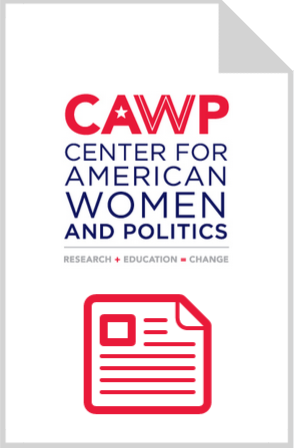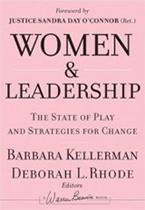Women in State Legislatures 2007
Fact Sheet ArchiveFact SheetState LegislatureWomen of Color in Elective Office 2007
Fact SheetGender and Race/EthnicityState LegislatureLocalStatewide ExecutiveCongressWomen in the U.S. Senate 2007
Fact SheetFact Sheet ArchiveCongressElection 2007: Results for Women Candidates
Fact SheetElection WatchCandidates and CampaignsStatewide ExecutiveCongressWomen in Elective Office 2007
Fact SheetElective OfficeCongressStatewide ExecutiveState LegislatureLocal2007 Results: Women Candidates for Statewide and State Legislative Office
Fact SheetElection WatchCandidates and CampaignsStatewide ExecutiveCongressStatewide Elective Executive Women 2007
Fact SheetFact Sheet ArchiveStatewide ExecutiveWomen Key to Growing Clinton Lead Among Democrats
ArticleWomen's Vote WatchWomen Voters and the Gender GapShe's the Candidate! A Woman for President
by Ruth B. Mandel
Book chapter in Women and Leadership: The State of Play and Strategies for Change, Eds. Barbara Kellerman and Deborah L. Rhode
Jossey-Bass J-B Warren Bennis Series, 2007Book ChapterResearchCAWP ScholarCandidates and CampaignsFederal ExecutiveStatewide Elective Executive Women 2006
Fact SheetFact Sheet ArchiveStatewide Executive



